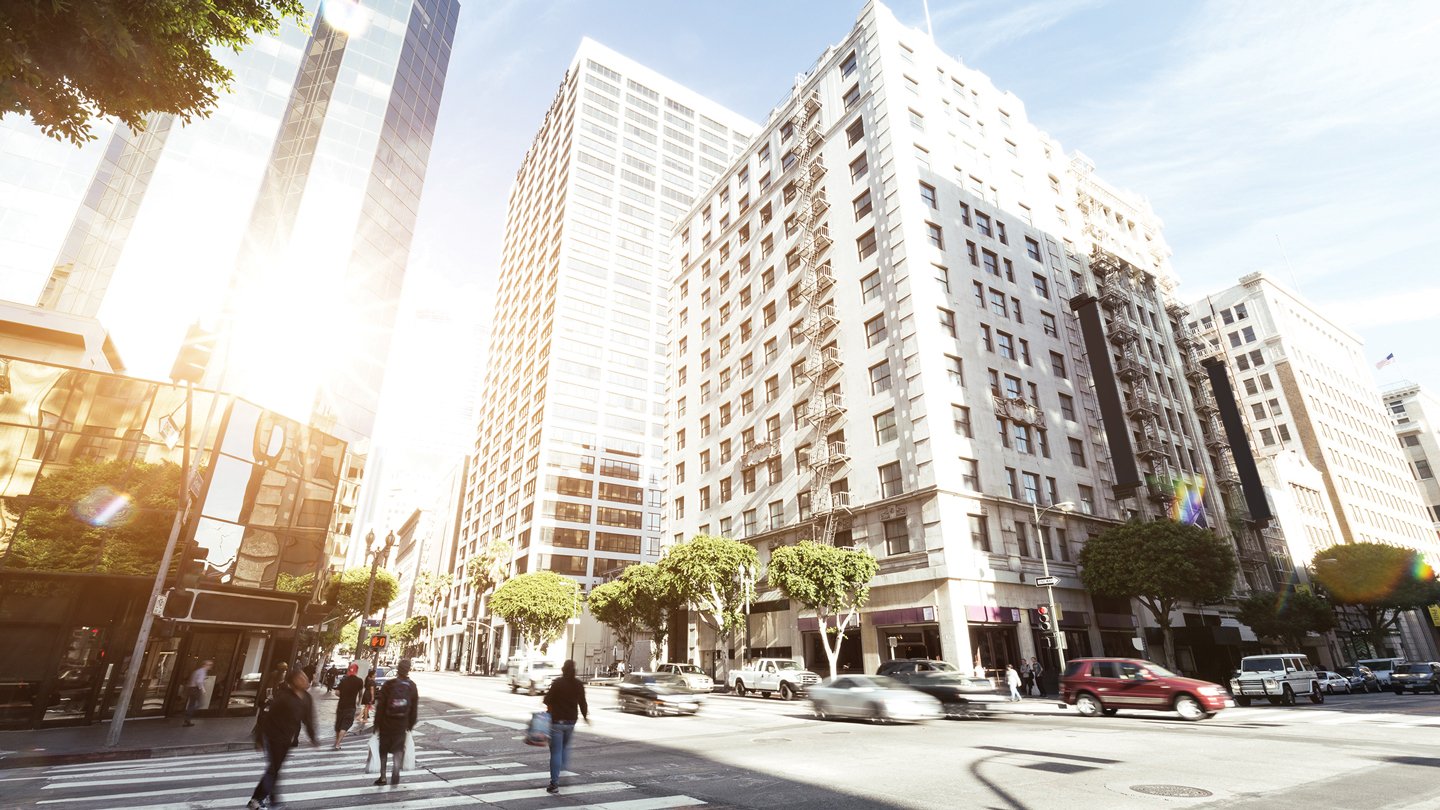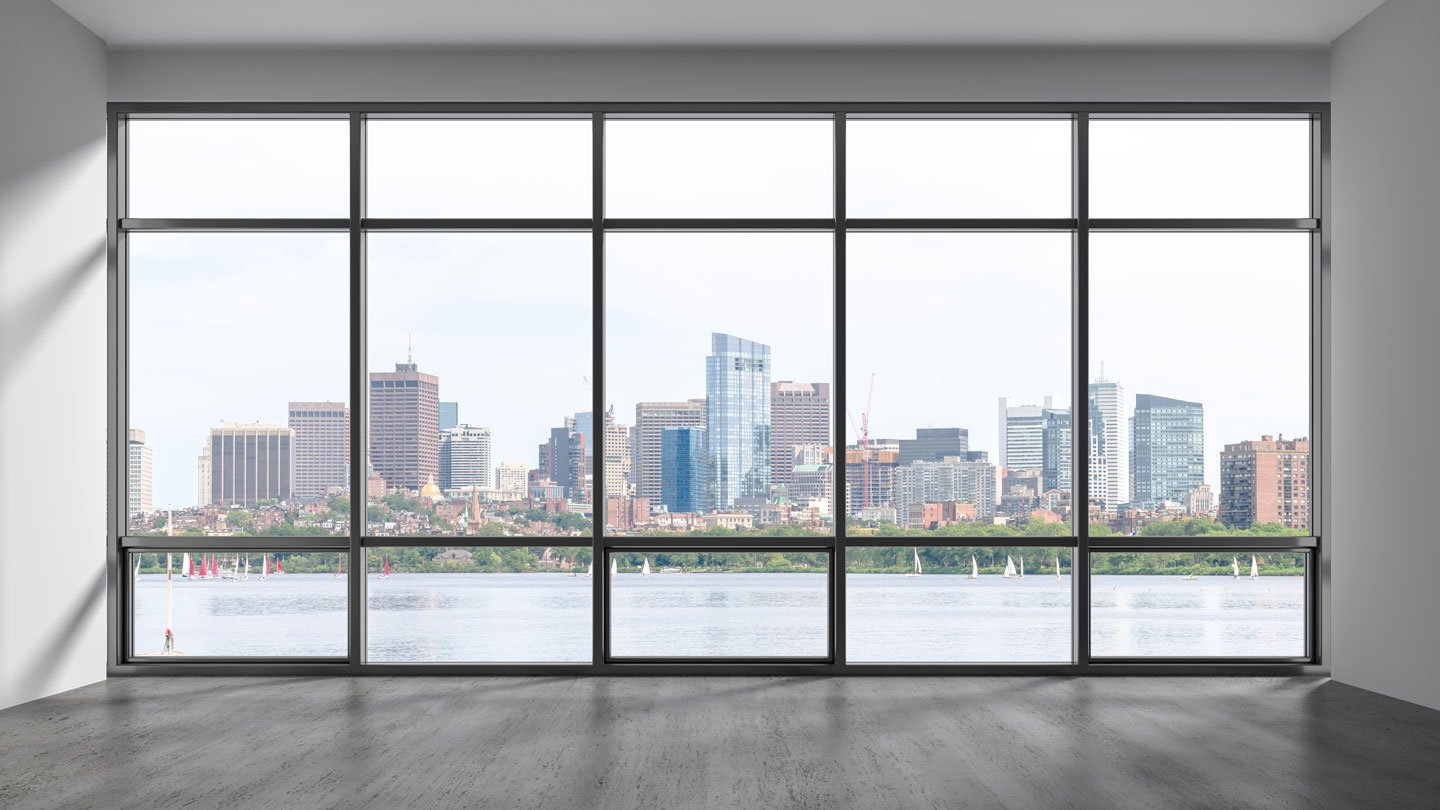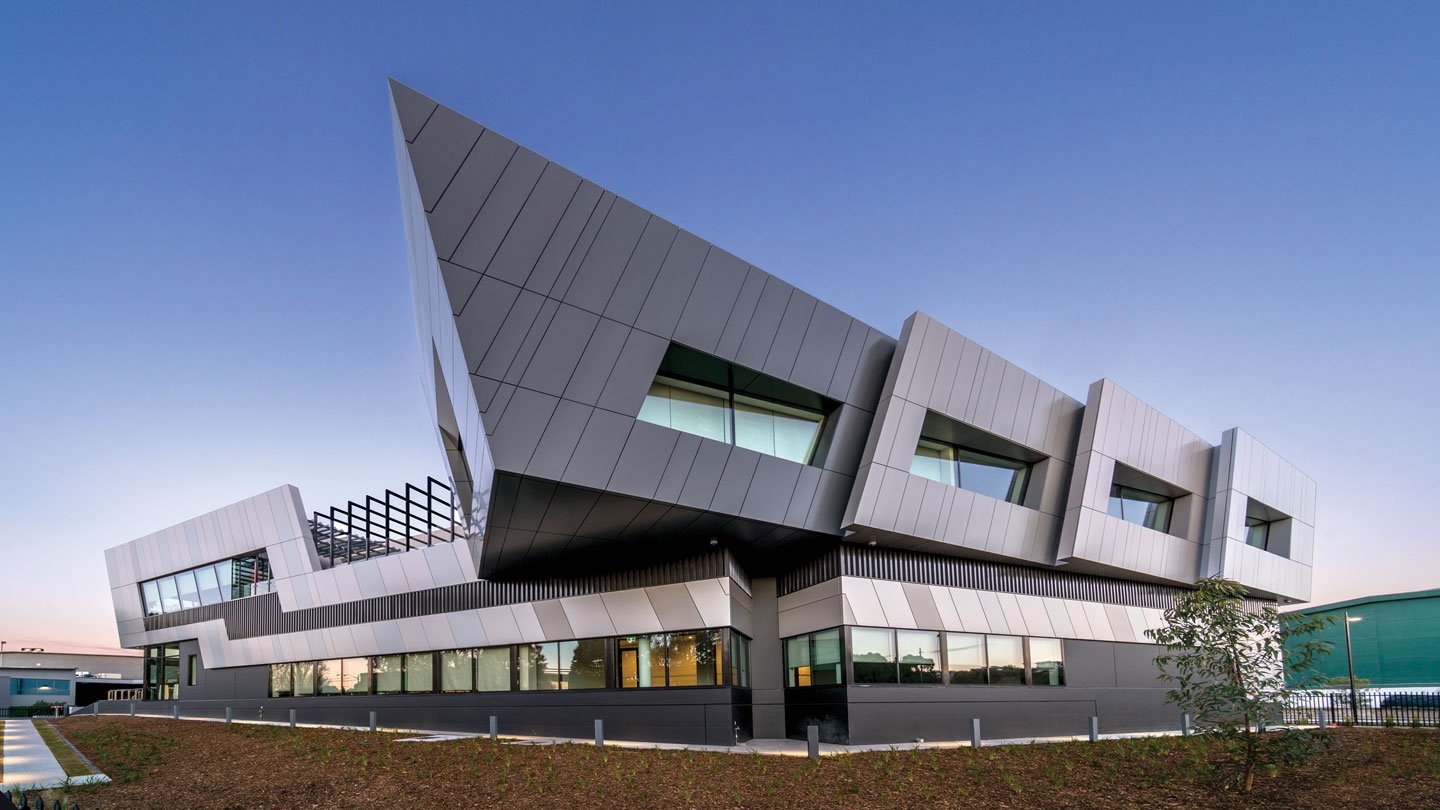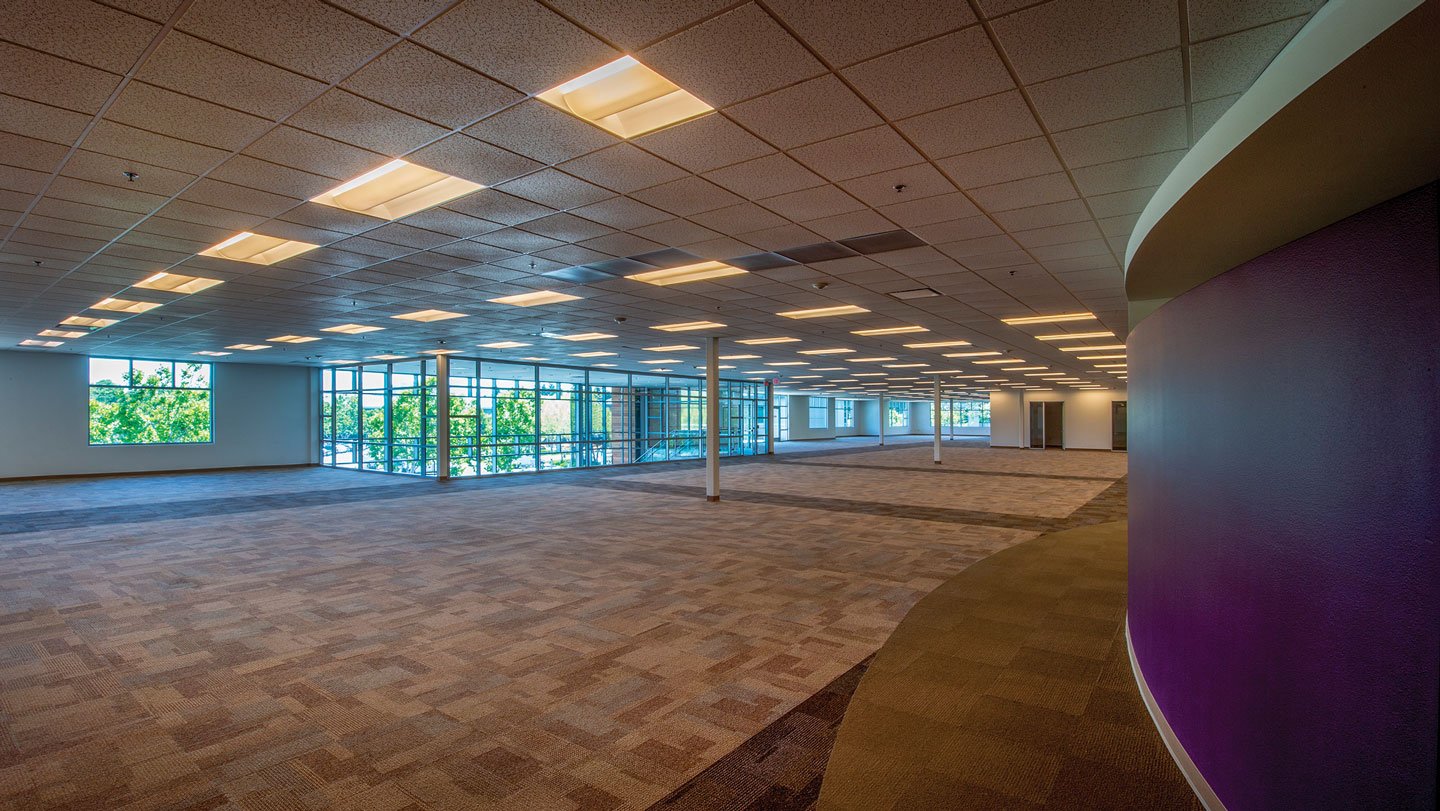
Rethinking the Downtown Office-to-Multifamily Conversion
significant financial resources and ample patience for rezoning efforts. Zhudifeng via iStock/Getty Images Plus
An architect suggests rightsizing CBD office space and new housing for the suburbs.
Significant industry chatter centers on how the downtown office sector continues to struggle and what the ideal solutions will look like.
The remote work/hybrid office paradigm shift means less weekly traffic to urban cores as employees opt to remain comfortably in their home office or suburban neighborhood office space. At the same time, economic uncertainty and inflation have generated a nervous tenant base that continues giving back office space while stalling on lease renewals.
The result is high vacancies in downtown urban core offices ranging from 30% to 50%, on top of reduced cash flow and decreased building values. Furthermore, empty buildings hurt their submarkets, and businesses serving downtown workforces are forced to close due to their dwindling customer base. A lack of business and social activity on downtown streets also raises concerns about public safety, as once-vibrant urban cores become desolate, further contributing to crime.
One solution that has been proposed — and enthusiastically accepted by many — is adaptive reuse. Specifically, converting empty downtown office buildings into downtown rental housing. Many municipalities are already providing incentives for developers to do just that. But before diving into office-to-multifamily conversion as a solution, it is worth examining potential hurdles.
Problems With the Theoretical Solution
In theory, the downtown office-to-multifamily conversion idea can solve two problems by putting empty office space to new use and creating much-needed rental housing. However, there are some challenges:
Not all downtown office buildings lend themselves structurally to residential use. Towering skyscrapers boast large floorplates, column supports and massive floor-to-ceiling windows that can turn into structural nightmares when it comes to redevelopment. Renovating these structures into usable multifamily properties requires enormous monetary resources. From a financial standpoint, these conversions don’t pencil out.
Rezoning and replatting require time, effort and cooperation. Downtown office buildings are in areas explicitly zoned for commercial use. The adaptive reuse developer must spend time and money to work with city councils and planning boards on rezoning and replatting efforts. Depending on the municipality and its requirements, the process could take months — or even years.
For example, Metro Loft Management bought a 31-story office building at 175 Water St. in Manhattan in 2019. The buyer planned to convert the top part of the former AIG headquarters building into residential units, going so far as to showcase renderings for the project. But Metro Loft fell behind on its mortgage payments. The developer also defaulted on the follow-up mezzanine loan it acquired from Vanbarton Group.
Vanbarton took control of the 684,000-square-foot building and considered an office-to-multifamily conversion. But a quirk in New York City’s zoning law meant that Lower Manhattan buildings developed after 1977 were subject to extremely complex, stringent and expensive regulations related to conversions. The 175 Water St. building came online in 1983.
Vanbarton took a pass on converting and sold the property to billionaire Ken Dart in September 2022.
Downtown office buildings lack the necessary residential amenities. Available downtown amenities are geared toward downtown employees rather than downtown residents. Bars and restaurants are great, but residents need schools and community retail like grocery stores, gas stations and pharmacies. The argument is sometimes made that retail can follow residents, but people don’t typically want to rent in places where a grocery store trip is a significant event instead of a convenient stop-off.
Although well-meaning, attempting to renovate downtown office buildings into multifamily could decrease the vibrancy in urban cores. The process would wipe out centralized commercial activity, replacing it with high-density bedroom communities or urban core suburbs.
Another Approach
These issues shouldn’t suggest that adaptive reuse is not a solution, but focusing solely on converting downtown office buildings is not the only way forward. In some cases, downtown offices can be right-sized and upgraded for a variety of smaller tenants, while suburban office parks can be infused with new life.
Owners of downtown office buildings could incentivize smaller businesses and firms to lease downtown office space. Many professional businesses, such as accountants, lawyers, financial companies and architects, are back to in-person work. In some cases, their offices are in low- or mid-level, older buildings in less dense urban and suburban submarkets. They may be looking for upgraded or differently configured space but do not want to pay higher rents in a downtown location.
Downtown landlords could offer lower rents, tenant improvements and smaller blocks of space. Businesses might happily trade their older workspace in the suburbs for the cachet of a downtown address and proximity to public transportation.
Mid-level, older suburban office buildings lend themselves well to multifamily conversions because their floorplates and windows are smaller. Furthermore, they are in areas that are closer to community retail services that appeal to renters looking for a home in proximity to everyday conveniences. In many cases, rezoning for residential use could also be less problematic. Developers can convert suburban office into residential uses or tear them down more easily to rebuild for mixed-use/multifamily purposes. From a structural and location standpoint, this conversion type is far more effective than the adaptive reuse of urban core office buildings.
Adaptive Reuse, Redirected
Converting empty office buildings to residential uses is on the right track, but the current thinking makes adaptive reuse more of a challenge than it needs to be. Developing massive blocks of downtown residential space is too expensive and erodes a city’s centralized activities, employment centers and cultural activities.
New approaches mean that building owners and banks must rethink their current leasing and valuation models, while also requiring municipalities to ensure public transportation and safety in downtown corridors. Additionally, tenants need to be willing to relocate from suburban offices to downtown.
Balance is key. There is room for some residential conversions in the city and suburbs, as well as a need to reimagine how office space is used, now and in the future.
Greg Lyon is chair and principal at Nadel Architecture + Planning.
RELATED ARTICLES YOU MAY LIKE

Governments Turning to Adaptive Reuse Legislation for Additional Housing
Tax breaks, streamlined approvals and grants are some of the supply-side incentives.
Read More
Data Center Real Estate: Challenges and Opportunities in the Digital Age
Data center inventory growth has accelerated across North American markets.
Read More
Ripe for Conversion
Will a radical change in the purpose of underutilized office buildings transform the market?
Read More



